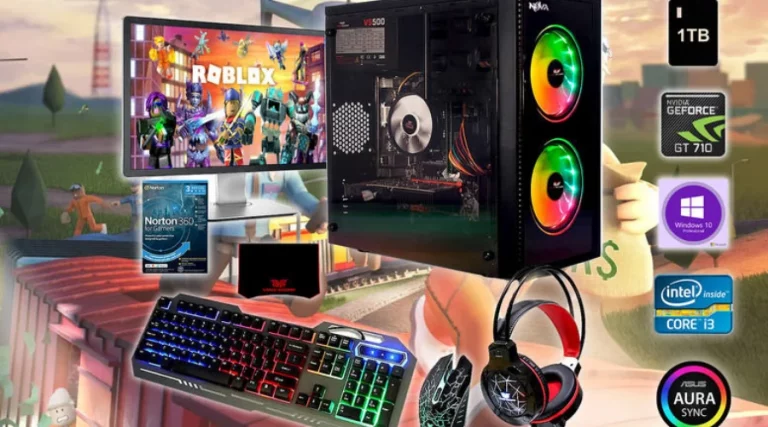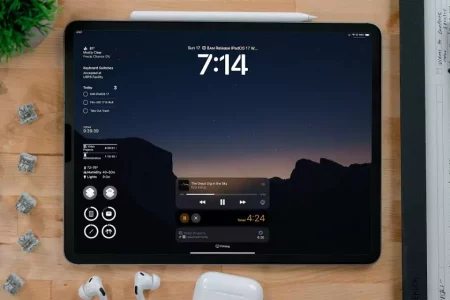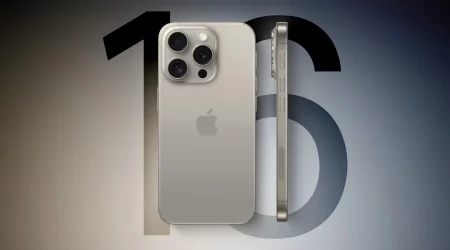If you’re a gaming enthusiast on a tight budget, you’re probably wondering if it’s possible to build a great gaming PC without breaking the bank. The good news is that it is! With a little bit of research and some careful planning, you can create a powerful gaming rig that won’t break the bank. In this article, we’ll discuss how to build the ultimate budget gaming PC on a tight budget. We’ll cover the components you’ll need, the steps to take to assemble your PC, and the best ways to save money while still getting the most out of your gaming experience. Whether you’re a budget-conscious gamer looking to upgrade your current setup or a beginner wanting to get into PC gaming, this article will give you the information you need to build the ultimate budget gaming PC.
Overview of PC components
Before we get into how to build the ultimate budget gaming PC, let’s first go over the essential components that are needed to make a PC. This will help you understand what you’ll be dealing with as you assemble your new machine. The first component we need to discuss is the case. This is the box that holds all of the other components together and protects them from damage. There are many different styles of cases out there, ranging from small compact models that are barely larger than a computer’s motherboard to massive steel chassis designed for extreme gaming rigs. The type of case you choose will largely depend on the other components you’re planning on putting into the system. The next component we need to discuss is the motherboard. This is the printed circuit board that connects all of the other components together and acts as the heart of the computer. Different motherboard models will support different number of CPUs, amount of memory, and types of expansion slots. It’s important to make sure that the motherboard you choose has the right number of slots for the number of CPUs you plan on installing and enough slots for the amount of RAM you want to use.
Calculating your budget
Now that you know what components are necessary for a PC and what they do, let’s get down to calculating your budget. The first thing you need to do is determine how much you can afford to spend on your new gaming PC. Start by adding up all of your monthly bills to see how much you can allocate to PC parts each month. The next thing you’ll need to do is decide how much you can afford to spend upfront. If you’re not comfortable putting a large amount of money down, you can try to find a retailer that offers payment plans so you can spread out your purchases over a few months. The last thing you’ll need to do before getting started is research to find out which parts you should use to build your PC. There are a lot of different components on the market that vary in price and performance, so it’s important to do research to find out which ones will fit your budget and meet your needs. Once you have a general idea of which parts you want to use, you can use a PC build calculator to get an approximate cost of your system. Once you have an idea of what your PC will cost, you can start the process of selecting components and begin to build your new gaming rig.
Choosing the right components
Now that you know how to calculate your budget, it’s time to start selecting the right components for your budget PC. You’ll first want to start with the CPU. The CPU is the heart of your computer, so it’s important to choose a model that is powerful enough to meet your needs without breaking the bank. The best budget gaming CPUs are Intel Core i3 and i5 models. You’ll want to avoid using the i7 series because they cost significantly more than the i5 models and won’t provide a noticeable difference in performance. Next, you’ll want to look at the motherboard. There are two types of motherboards you can choose from: ATX and micro ATX. ATX boards are larger and more expensive than micro ATX boards, so you’ll want to use micro ATX boards if you want to keep the price of your rig low. Once you’ve selected the motherboard, you’ll want to choose the amount of RAM you want to install. For gaming PCs, 8GB is a good amount of RAM to use.
Building your PC
Now that you’ve selected the components you want to use, it’s time to start putting everything together. Start by installing the motherboard into the case. Next, install the CPU into the motherboard. Make sure that you use the correct CPU socket for your motherboard. Most motherboards use either an LGA 1151 or an AM4 socket for their CPUs. Once the motherboard and CPU are installed in the case, you can install the RAM and connect the cables to the motherboard. Next, install the power supply unit (PSU) into the case. Then, install the storage device and the operating system. You can install an SSD as the primary storage device, or you can use a hard drive if you want to save a few bucks. Finally, install the graphics card, connect any external devices, and you’re all done! The entire process of building your PC should take around two or three hours.
Tips for getting the most out of your budget
If you want to get the most out of your budget PC, there are a few things you can do to maximize your experience. First, make sure you have a clean and organized workspace when you’re putting your system together. This will help you to avoid damaging your components and will make it easier for you to put your computer together. Next, make sure you have the correct tools for the job. This will help you avoid damaging the components and will make the job easier. You can also save money on your build by purchasing used or refurbished components. Finally, you can save money on your power supply by using a cheaper model that has a lower wattage rating. You can also look into getting a second hand computer case or other used PC components to save a few bucks.
Installing the operating system and software
Now that your computer is built, you’ll want to install the operating system and any software you want to use with your new rig. You can choose between the Windows 10 and Linux operating systems. You can install Windows 10 on any modern PC, but Linux is only compatible with select hardware configurations. You can also install any software you want. Popular PC gaming software includes: Steam, Origin, GOG Galaxy, Discord, Overwatch, etc. If you want to get the most out of your new gaming PC, you should clean and maintain it regularly. You can easily clean the inside of your computer using a can of compressed air. Make sure to never use liquid cleaners because they could damage your hardware. It’s also important to maintain your hardware by updating your BIOS, drivers, and software. This will help you to avoid experiencing any issues and keep your computer running at peak performance for longer.
Optimizing your system for gaming
Now that you’ve built your budget gaming PC and installed the necessary software, it’s time to optimize your system for gaming. The first thing you should do is make sure your drivers and software are up to date. You can easily stay on top of software updates by using a program like Automatic or by manually updating your software. You can stay on top of driver updates by setting up an alert or by visiting the manufacturer’s website regularly. Next, you’ll want to clean up your system. You can do this by uninstalling any programs you don’t use, deleting temporary files, and removing unnecessary files and programs. You can do all of these things by using the Windows 10 Clean PC Guide. Once your computer is clean, you can optimize your system for gaming by installing a gaming desktop software like MSI Afterburner. This will help you to stay on top of your computer’s performance and will allow you to tweak your settings for optimal gaming performance.
Taking care of your gaming PC
Now that your gaming rig is built, it’s important to maintain it and keep it running smoothly for as long as possible. There are a few things you can do to keep your computer in top shape. First, make sure you regularly clean the inside of your rig. You can easily do this using compressed air. You can also use a can of compressed air to clean the outside of your computer. You



